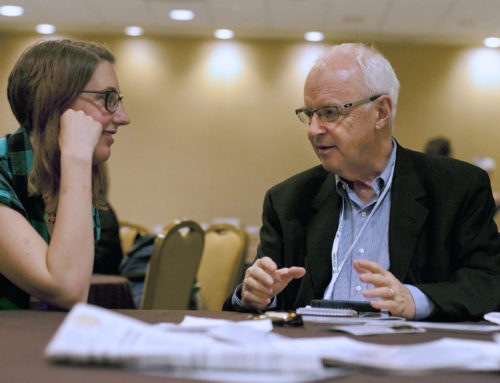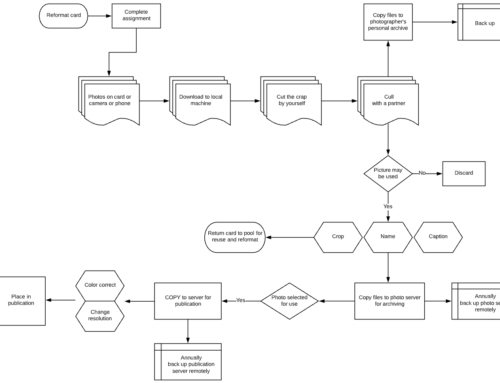At a winter’s Association of Texas Photography Instructors conference at the University of Texas at Arlington, some 300 photography students, photojournalists and artists alike, spent three days competing in contests and attending classes on everything from making a cyanotype to shooting sports. As it has been for the last 25 years, it was one of the best educational experiences out there for the instructors and students alike.
This year, I taught a new class, one designed to help students (and instructors) understand the difference between
-
Editing: outcome is the best images
Judging: outcome is a winner
Grading: outcome is a grade
Critiquing: outcome is to give feedback
We started off editing with an exercise with a bunch of images where we used Adobe Bridge as a group to select the best images. Much like we would when coming back from an assignment with 2,000 photos from a football game, we went through to pick the ones that represented the event — not necessarily the best images. No real discussion, at least little two-way discussion partly because editing is often done on deadline. We just used the shortcuts to give stars to the best images, eventually ‘voting’ on the best images as we got from several hundred to a few in a matter of minutes. Efficient. Effective. And when done in collaboration with a couple other people at least, very accurate.
Interestingly, we used the same general process for judging although when judging, at first, we agree on the criteria for the award winners, ultimately settling on first, second and third. Here, we discussed how this often was not a collaborative process and was the (final) opinion of a small group of people on one day. Generally, when judging, we discussed how there is no audience, something that is a concern when editing. It’s simply a matter of picking the best images.
After we narrowed it down to a few images, we went through a process of assigning a grade. ATPI has a neat little form to help instructors assign grades. However, the big part of this discussion was just how subjective this process is even when a form is used to make it objective. With grading, generally, the discussion is one-on-one, and one-way. Unfortunately, few instructors involve their students in the grading process.
But the best learning took place when we took the time to engage in critiquing the image. Photographers learn by having their images critiqued, engaging in a two-way discussion about the merits of the image. At its best, critiquing involves multiple levels, discussing the technical quality (focus, lighting (quality, quality and direction) use of appropriate exposure (ISO, aperture and shutter speed), depth of field), composition (rule of third, framing, repetition of shapes and the like), as well as the meaning inherent in the image. We might even discuss the caption information if a caption was required. While a critique might take place one-on-one, it’s a discussion, a discussion in which both parties can learning something.
Understanding the difference between editing, judging, critiquing and grading helps the students and instructors. I know it helped me to articulate the differences.





Leave A Comment